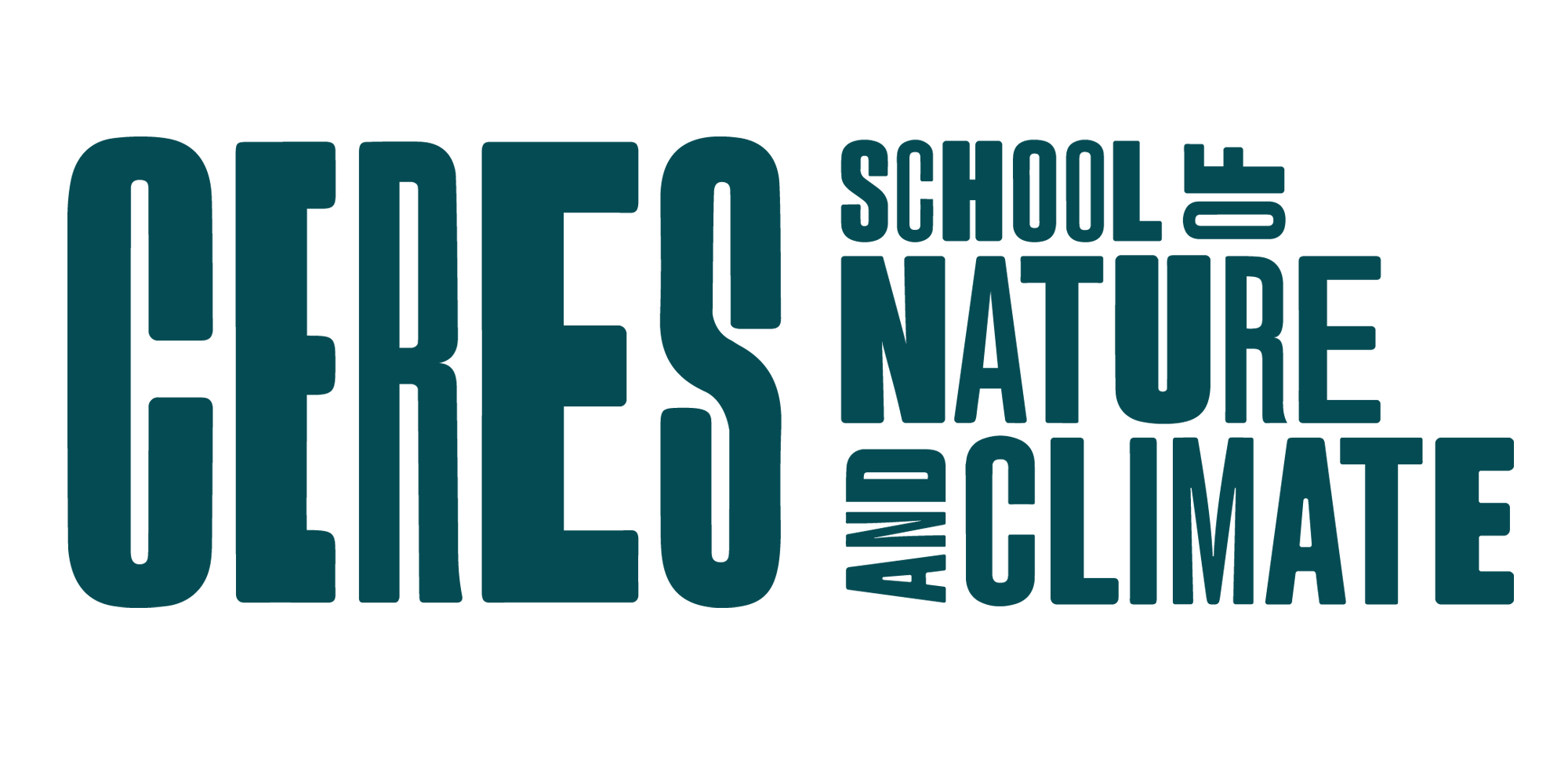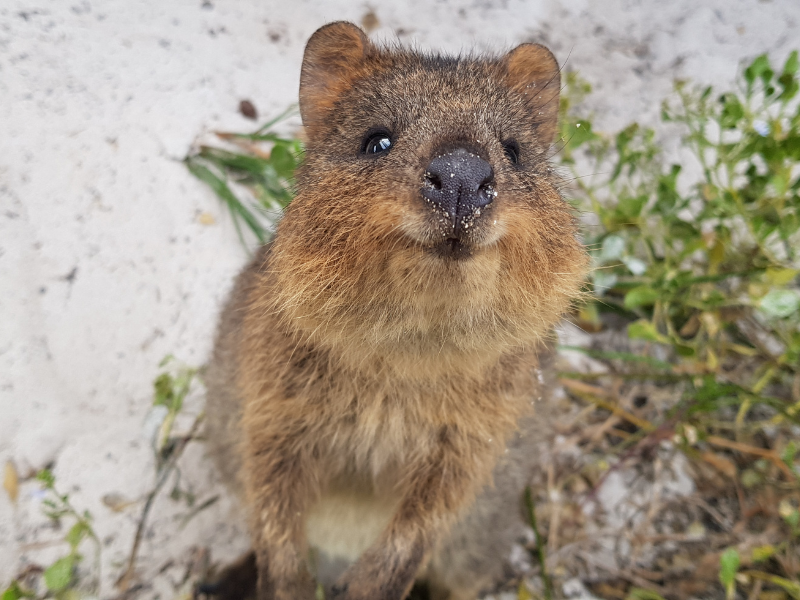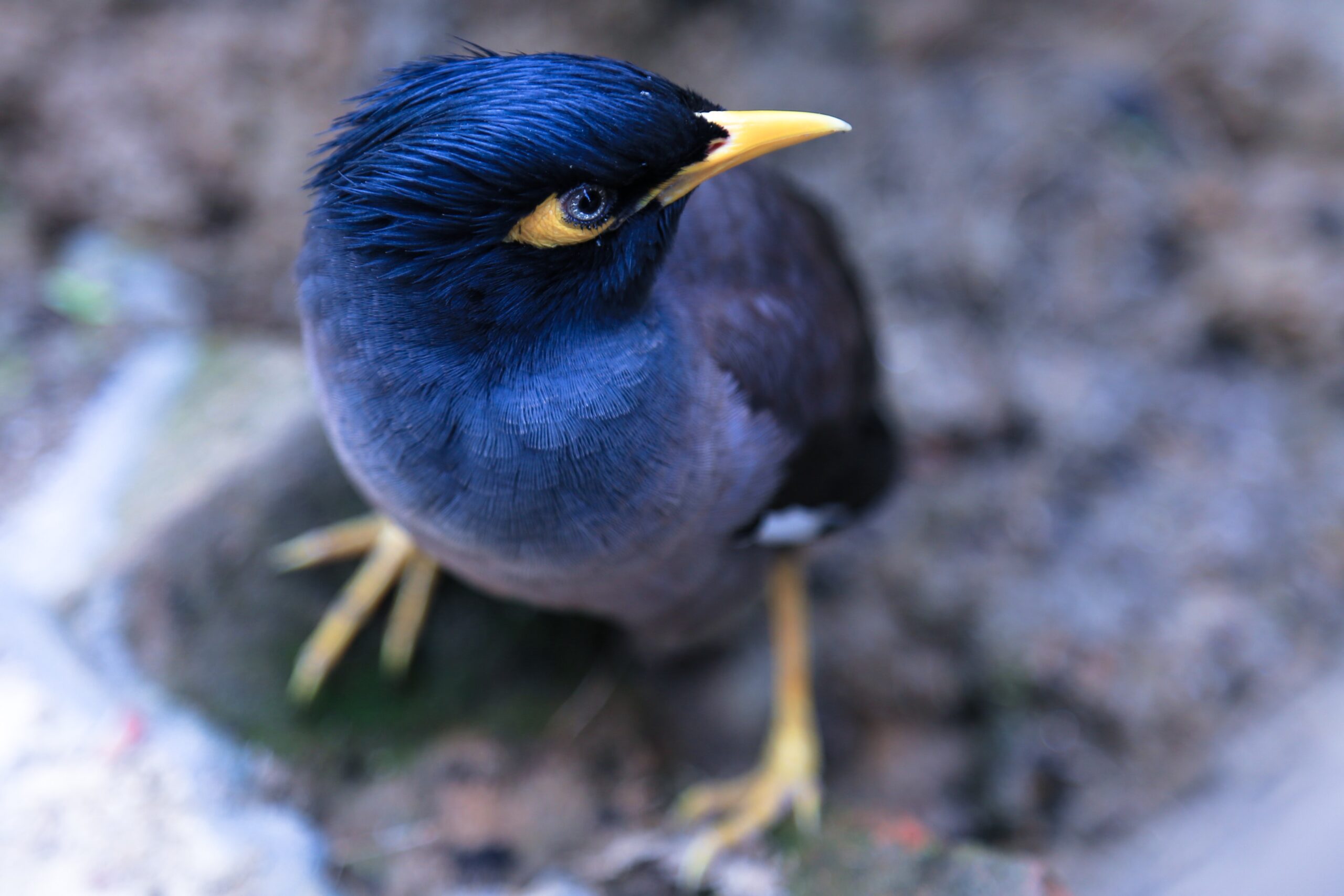Wetlands Food Web Curriculum Activity
Suitable for Secondary (7-10)
Victorian Curriculum Links:
Science
7-8: (VCSSU093)
9-10: (VCSSU121)
Geography
7-8: (VCGGK119)
9-10: (VCGGK136); (VCGGK145)
Activity Description
The Wetlands Food Web activity engages students in the complexities of a wetlands food web. Students will develop an understanding of the feeding interactions between communities of organisms and an appreciation for the delicate balance that exists within this environment. Students will explore the potential negative effects of human activities on the food web and suggest possible strategies to avoid or manage the impacts
Key Concepts
Biodiversity, Food Webs, Ecosystems, Food Chain, Human Impact on Ecosystems
Key Learning Intentions
1. Students will be able to describe the feeding interactions and relationships between organisms with- in a food web from a wetlands environment
2. Students will be able to identify human-induced environmental changes and the challenges they pose for sustainability in a wetlands environment
Suggestions for Assessment
Formative
1. Completion of the food web and identification of the role of each plant and animal
2. Identification of potential negative human impacts on the wetlands
3. The development of the environment management strategy
Instructions
It is recommended that students undertake the activity in groups of 3 or 4
1. Students develop a wetlands food web showing the feeding relationship between plants and animals
Provide each group with a copy of the wetlands food web elements (plants and animals) and ask them to draw arrows between elements that eat or are eaten by another element e.g. students draw an arrow between the heron and the frog with the arrow head pointing to the heron (arrow head direction shows the flow of energy from one species to another).
Ask students to assign each element to a level in the trophic pyramid: primary producer, primary consumer, secondary consumer, tertiary consumer or decomposer and discuss their role in the food web.
2. Students identify key elements in the food web, identify human impacts and strategies to mitigate them
Ask students to:
- List all of the elements of the food web that rely on:
- Water boatman
- Algae
- Identify three human activities that would negatively impact the wetlands food web
- Mosquito fish are an introduced species that has found its way into many of our waterways in Australia. Research the possible impacts of mosquito fish on the wetlands food web
- Devise a strategy to reduce the negative impacts of mosquito fish in Australian wetlands
Suggested ResourceSmart Schools Module Links
Undertaking the activity as described above links to the ResourceSmart Schools Biodiversity Module – actions B1.1, B1.3, C1.4, B1.1, B1.2, B1.3, and B1.4
Below is a list of extension activities that link to additional actions of the Biodiversity module:
- Extend the activity to include the following categories and classifications (ResourceSmart SchoolsBiodiversity Module – action B1.1)
-
- Students categorise each element of the food web according to whether they are producers or consumers
- Students categorise each element of the food web according to whether they are plants, reptiles, amphibians, insects, birds or fish
- Students categorise the elements of the food web according to whether they live on land or in the water
- Write a story about the activity and include it in your school newsletter or on the school website. Provide tips on how to promote and protect biodiversity in your community (ResourceSmart Schools Biodiversity Module – actions C1.1, C1.3, C3.5)
- Conduct a field trip to a local wetland environment or CERES Environment Park. Make observations and record the following, and propose strategies and/or develop a project for the management of these negative impacts. (ResourceSmartSchools Biodiversity Module – actions B1.1, B1.3, A1.1, C3.3)
-
- the species and organisms that are present
- the relationships between the different elements of the wetlands ecosystem
- the negative impacts that are occurring as a result of human activities
- Conduct a Biodiversity Audit of the school grounds, using CERES or Cool Australia audit. Identify ways the school can improve its biodiversity (ResourceSmart Schools Biodiversity Module – actions A1.1, A2.1)
Speak to your CERES ResourceSmart Schools Facilitator about further links to the Biodiversity Module.
Related activities
Wetlands Food Web Curriculum Activity
Biodiversity Activity | Yrs 7-10
Curious Creatures Curriculum Activity
Biodiversity Activity | Yrs 7-10
Biomimicry Design Curriculum Activity
Biodiversity Activity | Yrs 7-10








